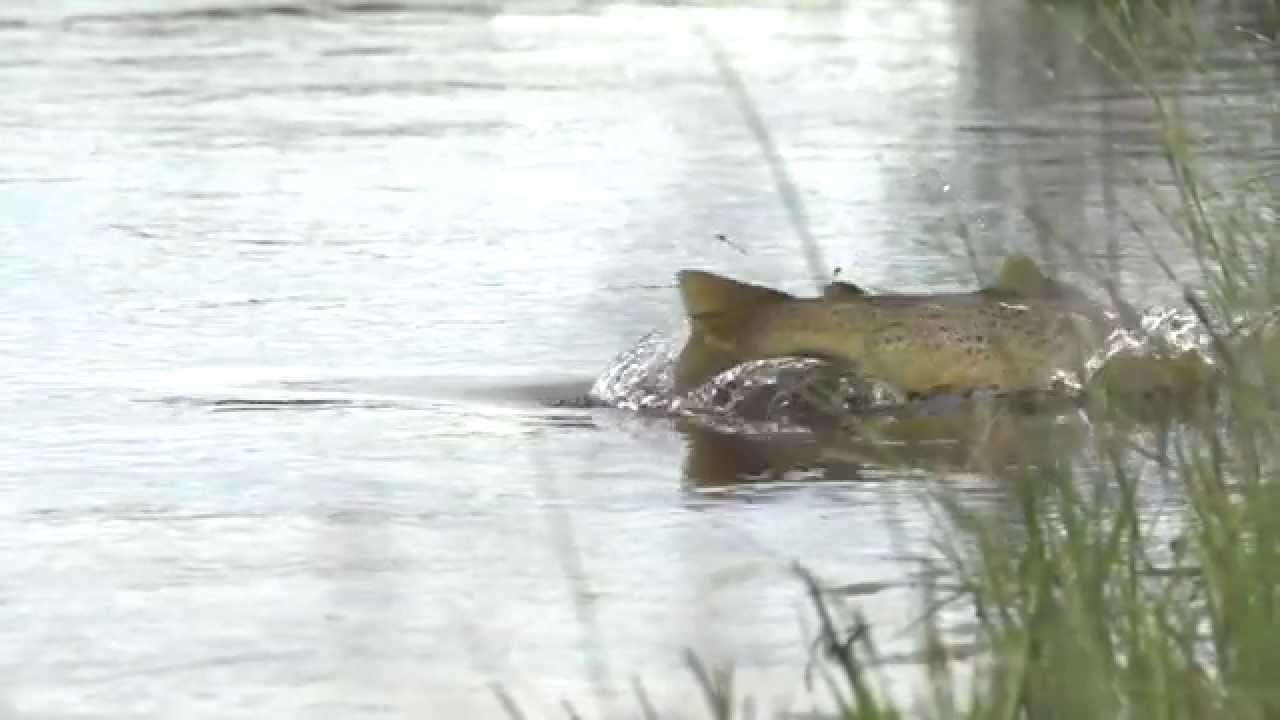Trout, in freshwater, will eat just about anything that they can find. Below are some of the main foods that make up the diet of trout in Texas.
What do trout eat? They feed upon any insects, fish, crustaceans, amphibians, and even small mammals, as well as other creatures that they can fit into their mouths. Though very selective at times, the diets of rainbow, brown, brook and cutthroat trout include many different types of organisms. Following are some of the main foods upon which trout feed.
Insects That Trout Eat Throughout North America
Where they appear, trout will eat any of these “big three” insects: mayflies, caddisflies, and stoneflies. They will eat larvae (called nymphs for mayflies and stoneflies, and pupae for caddisflies), intermediate life stage insects, and adults during hatches. The most basic fly fishing patterns for adult mayflies, caddisflies, and stoneflies are, respectively, Adams dries, elk hair caddis dries, and stimulators.
Wet flies like prince nymphs, woolly buggers, and hare’s ear nymphs are great for subsurface fish feeding on aquatic insect larvae. Generally, when trout are feeding mainly on any of these three insects on the surface, they are more selective than they are at any other time; if a hatch is happening, fly fishermen must match it for success.
When not focusing on the above three insect types, trout will eat midges, ants, grasshoppers, crickets, damselflies, dragonflies, beetles, and others. Terrestrial patterns are great for summer trout that may be willing to feed upon any of these on the surface. They will also take the larvae of damselflies, dragonflies, and dobsonflies (hellgrammites), as well as flies that imitate these insects.
Fish That Trout Feed Upon
Rainbow, brook, brown, and cutthroat trout will also take any small fish that they can. Shiner minnows, sculpins, smelt, and even trout fry and trout eggs, and salmon eggs are seldom passed up. Many great fly patterns imitate these creatures: freshwater Clouser minnows, muddler minnows, woolly buggers, and other streamer flies are great for trout feeding on small fish. In places where they feed upon eggs, flies that resemble these small, colorful foods can work very well.
Mammals, Amphibians, Crustaceans, and Other Creatures That Trout Eat
Trout, especially larger fish in places such as Alaska and Western Canada, will readily eat small mammals, like mice, rats, and voles. Flies that represent such creatures are best when fished in slower waters near the banks of rivers or lakes. In summer, frogs and salamanders are gladly accepted by aggressive trout when fish can find them. Smaller frog flies, fished near the shore tend to work best, and flies such as dark woolly buggers can represent salamanders and entice trout.
Crayfish are also seldom passed up by hungry trout. Cool, rocky bottomed waters of streams and lakes are the best places to use patterns that mimic these crustaceans. Freshwater shrimp make up significant portions of the diet of trout in the Western United States, and flies like scuds are very productive in such areas. Worms are, according to bait fishermen, considered delicacies to trout, and fish will certainly engulf them when opportunities present themselves. San Juan worm flies are great for trout looking to feed on earthworms.
In many waters, particularly those of the Northeast, Northwest, Canada, and Alaska, leeches are top foods for big trout. Dark woolly buggers, as well as patterns that were designed specifically to lure trout that feed upon leeches work very well in many northern waters.
The above creatures, as well as the flies that accurately represent them, are among the foods (and patterns) that trout eat. Though diet varies from place to place, and trout can be selective at times, they are not picky; in most places, they will accept an array of smaller creatures, and fly fishermen must capitalize on this.

